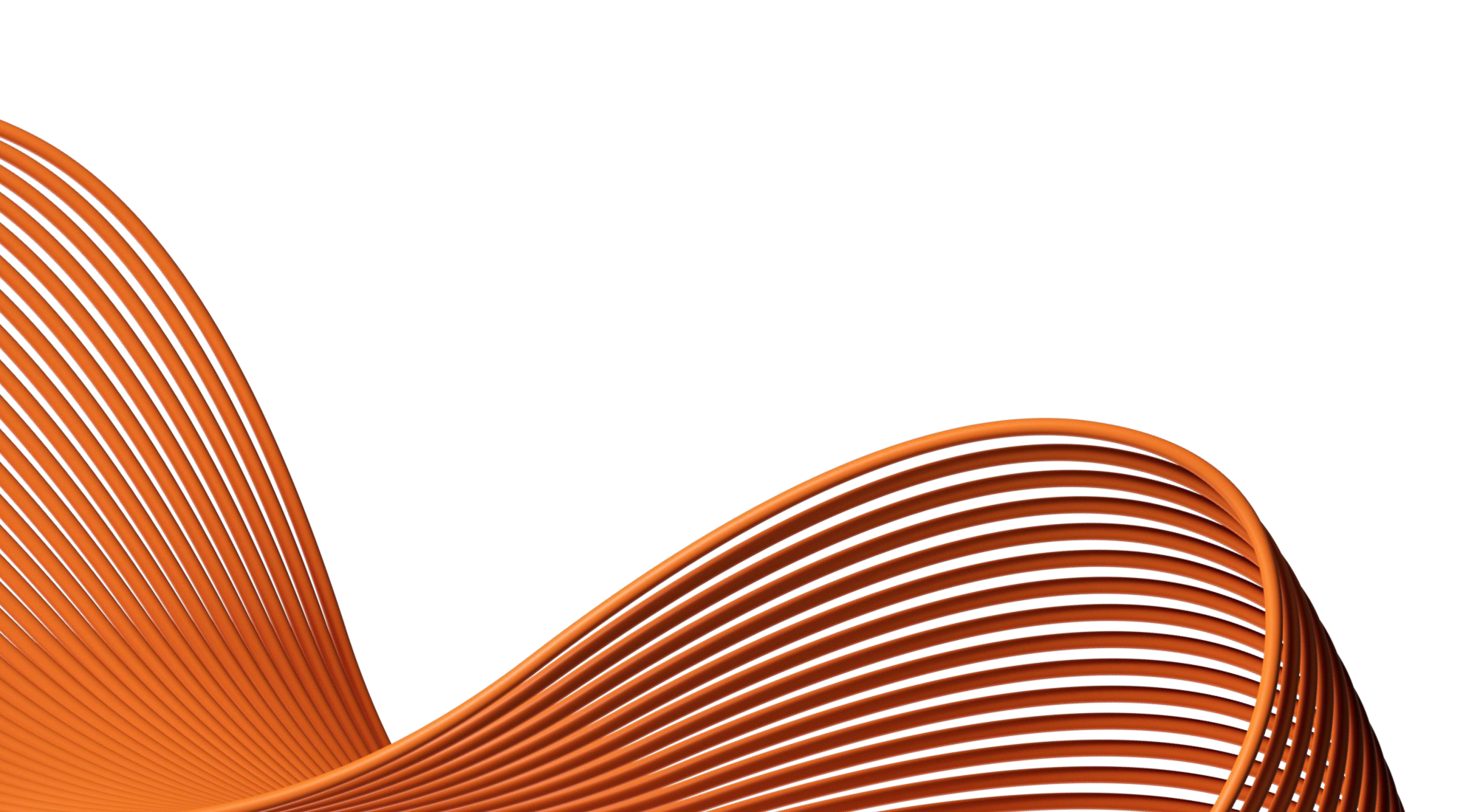- Our Products
- Upper Extremity
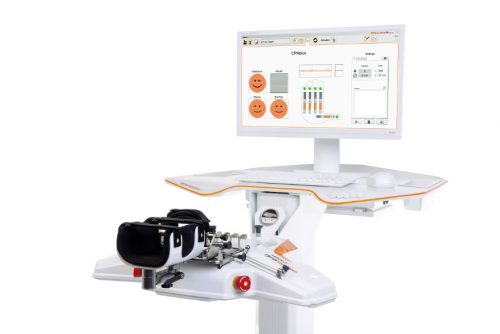 Amadeo Finger-Hand-Rehabilitation
Amadeo Finger-Hand-Rehabilitation
Amadeo is giving hands back their grip and fingers their finesse. Patients who are barely able or unable to grasp can perform hundreds of robot-assisted grasping movements. It won’t train a new Mozart. But it will help patients return to the piano, handwriting Christmas cards, and grabbing life firmly by the horns.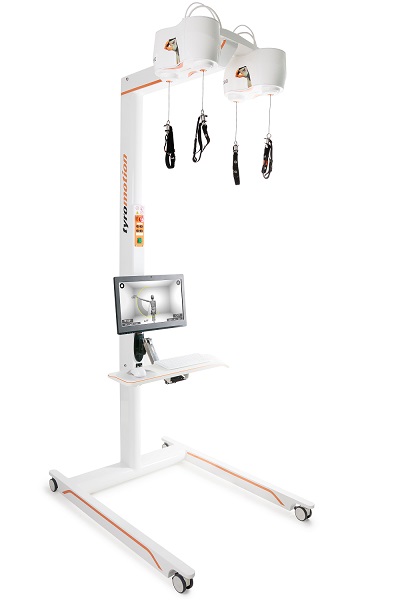 DiegoShoulder-Arm-Rehabiliation
DiegoShoulder-Arm-Rehabiliation
Diego is designed to strengthen what’s important. Whether proximal or distal training, Diego purposefully supports the rehabilitation of natural motion, allows the handling of everyday objects to be relearned, and is usable by adults and children alike.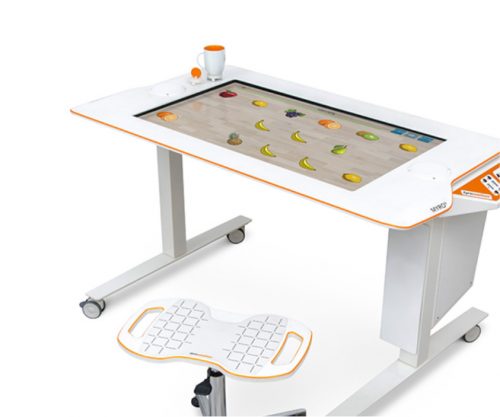 Myro Interactive and task-specific therapy
Myro Interactive and task-specific therapy
Myro is made for making humans get better! The sensor-based surface enables task-oriented rehabilitation with real objects, trains the patient’s cognitive abilities, and improves motor abilities of the upper extremity.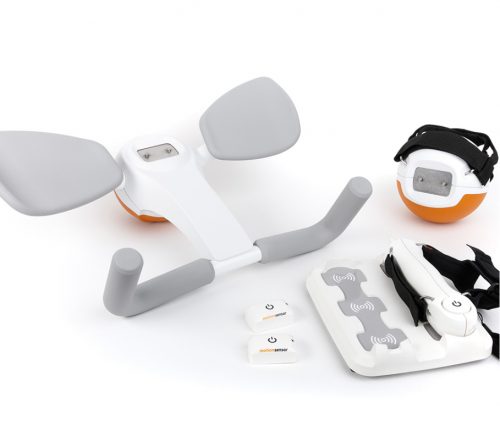 Pablo Upper Extremity Rehabilitation
Pablo Upper Extremity Rehabilitation
As a multifunctional rehabilitation device with comprehensive accessories, Pablo enhances classical therapy exercises with biofeedback, objective assessments, and gamification. It won´t train the next Picasso. But it will help patients to take back control of their lives.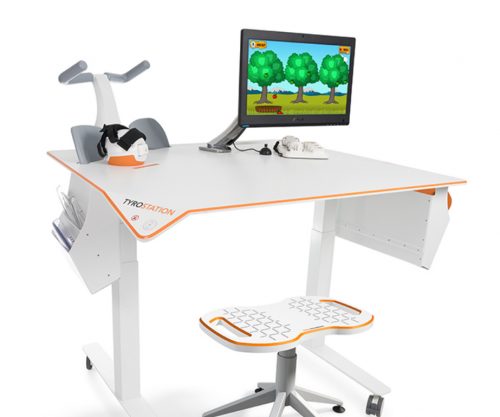 Tyrostation The perfect therapy setting
Tyrostation The perfect therapy setting
The Tyrostation is home to all components of Pablo and Tymo and provides ergonomic adaptability for patients. Sometimes, it´s about the little things in life – or therapy.
- Lower Extremity
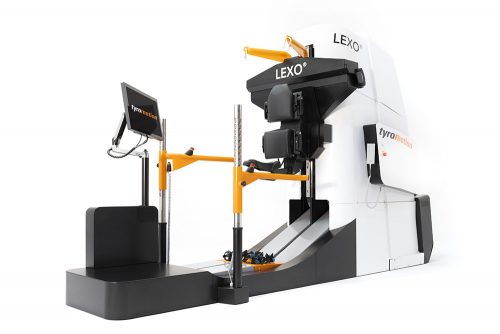 LexoGait and Locomotion
LexoGait and Locomotion
Lexo is a revolutionary gait trainer and impresses with fast setup, high patient activity and optimal trunk support. It encourages active participation and enables therapists to focus fully on their patients.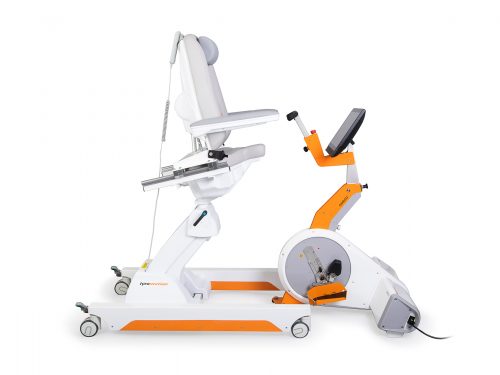 Omego Plus Gait training for the goals across all phases
Omego Plus Gait training for the goals across all phases
More than just a therapy bike! Omego Plus combines uni- and bilateral leg training, leg press, stepper, cycling & foot lift training in one device. Stride stronger with Omego Plus!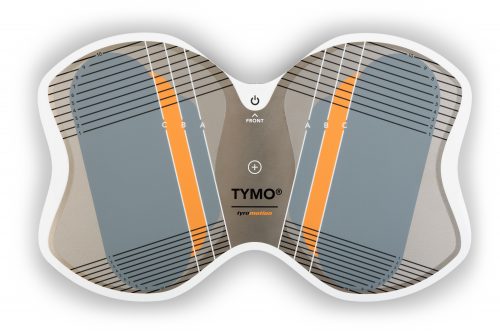 Tymo Balance training and postural control
Tymo Balance training and postural control
Small but powerful! Tymo is a versatile measurement and therapy system for the whole body. In addition to the standing position, Tymo offers a wide range of options for maximum variety during therapy.
- MTT-Line
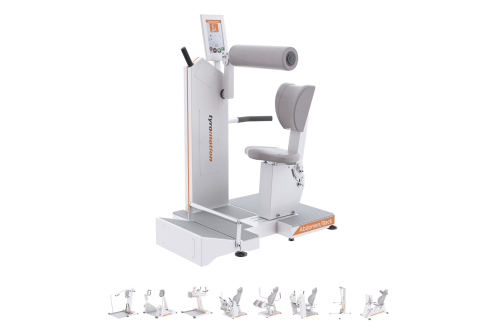 MTT-LineMedical training therapy
MTT-LineMedical training therapy
Get back in the game with the MTT-Line! The Medical Training Therapy devices are specifically designed to strengthen the six major muscle groups of the human body. Barrier free and maximum adjustability make the devices accessible for all types of patients.
- Software
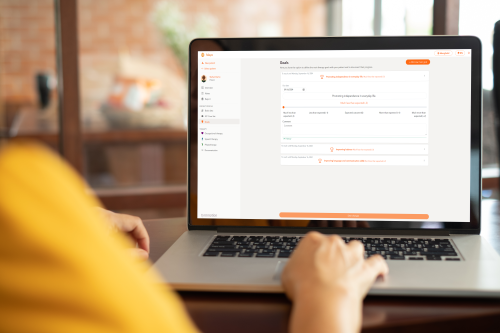 Maya Therapy Platform
Maya Therapy Platform
Maya reduces paperwork, standardizes documentation, and automates reporting, making administration effortless and efficient. Designed for therapists to work wonders!
- Upper Extremity
Health
Stroke and Yoga: What´s the Evidence?
14. February 2022 ● 5 min. Reading time
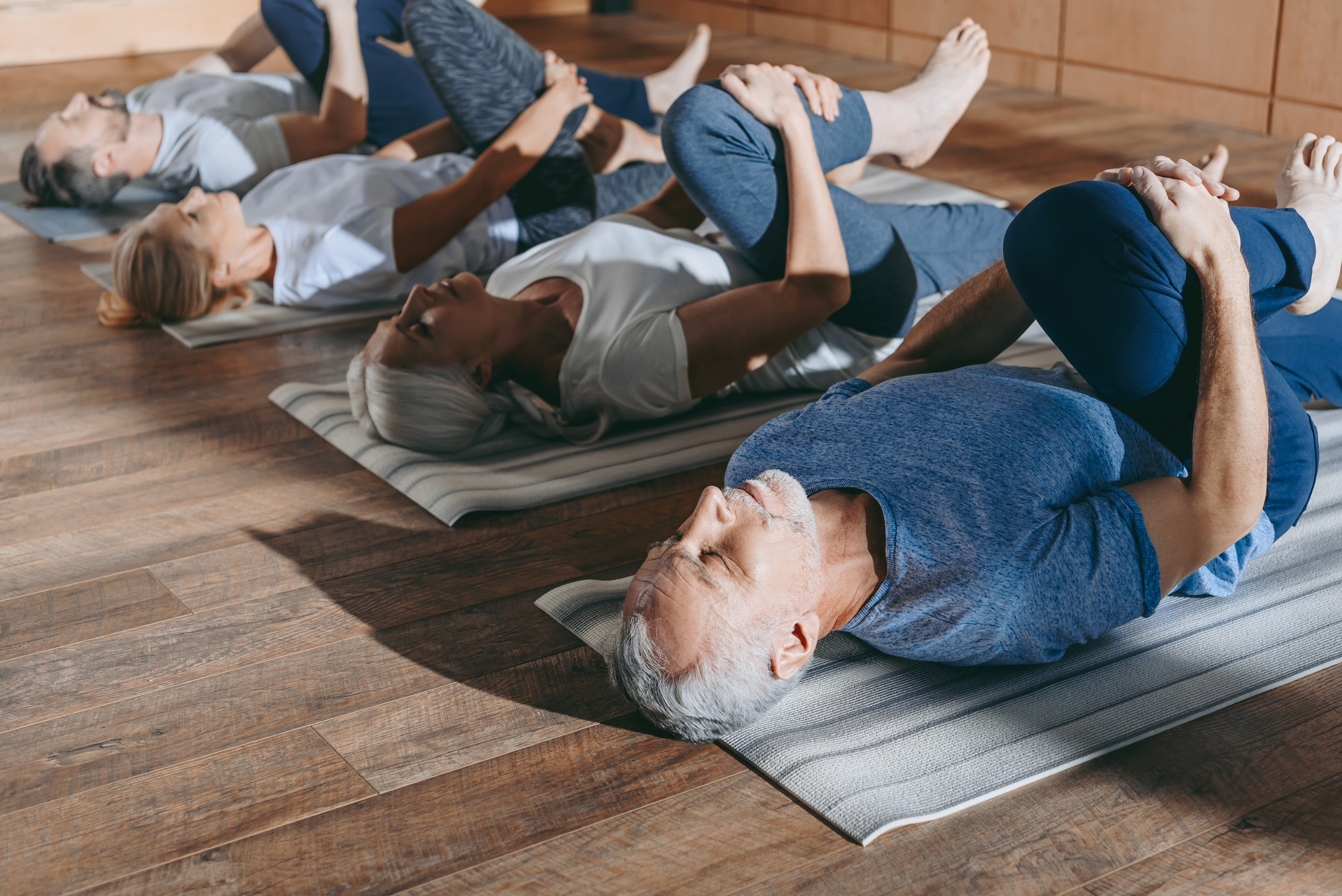
How can Yoga provide support after a stroke?
After a stroke, problems with movement, balance, and perception can occur. Language, concentration, and memory are also frequently affected. The new life situation can lead to psychological problems or depression.
As a complementary therapeutic measure, Yoga can have various health benefits, regardless of the clinical picture:
- Strengthening of muscles, bones, tendons, and ligaments
- Improvement of mobility and range of motion
- Promotion of mindfulness, concentration, and the ability to relax
- Improvement of balance, proprioception, and postural control
- Reduction of stress, depressive moods, and states of anxiety
- Promotion of well-being and social factors
- Training of brain and memory functions
- Reduction of pain
Making mistakes for neuroplasticity
After a stroke, it is necessary to learn how to cope with the new life situation. Movements that used to be automatic, have to be relearned. This is where Yoga can be a valuable support.
The mat is the testing laboratory: Movements that are needed in everyday life will be practised. If plan A doesn’t work, plan B may will. Mistakes are permitted and desirable. If toddlers always gave up the first time they landed on their bottoms, they would never learn to walk.
Even if a certain exercise doesn’t work yet, the movement pattern can be worked on. Perhaps part of the movement is successful or the necessary muscles can already be consciously controlled. These are successes. Celebrate them!
For stroke survivors in particular, frequent repetitions are important to stimulate the damaged areas in the brain. The brain is able to regenerate dead cell tissue. Some streets in the neurological highway may be closed, but the brain will find diversions. This ability is called neuroplasticity.
Evidence for Yoga in stroke patients
The Cochrane Collaboration published a review of Yoga for stroke patients in 2017. As an international, independent organization, Cochrane is considered to be the gold standard for studies. Three statistically relevant results were found in the Cochrane Review of Stroke and Yoga.
For patients after a stroke, participating in a regular Yoga program
- improves memory performance,
- reduces the occurrence of feelings of anxiety, and
- increases the range of movement in individual parts of the body.
Data on Yoga for stroke patients
Overall, there is not much data on Yoga and strokes yet. There are not enough large, high-quality studies to clearly confirm the effectiveness and safety of Yoga for stroke patients. Nevertheless, there are many smaller studies that show a positive trend.
Yoga is a complex system of movement, breath, and meditation.
- Exercise strengthens muscles, bones, and the cardiovascular system. It improves coordination, endurance, and mobility.
- Conscious deep breathing leads to improved body awareness, mental and emotional relaxation, stress reduction, and increased breathing capacity.
- Regular meditation improves attention, emotional control, and stress management.
Yoga after stroke: What do I need to consider?
In the case of existing physical and/or mental limitations, a medical assessment is the first step before starting to practice Yoga.
No matter what the limitation is, Yoga is always possible. Yes, always. Yoga is much more than physical exercise. Even people with significant limitations can practice Yoga.
If a patient is sitting in a wheelchair, the upper body can be mobilized. Bedridden patients can work with visualizations. The brain cannot distinguish whether a movement is carried out or only thought about. The received stimuli reactivate the damaged brain areas. The yogic philosophy gives patients hope and can have a positive effect on mental health.
How do I start Yoga after a stroke?
An experienced teacher is essential. Ideally, he or she has already worked with other patients and knows how to adapt exercises beneficial for patients.
In patients with hemiparesis or hemiplegia, there is a risk that the practitioner will not feel potential damage. Instructors take on great responsibility in providing the right guidance. Some rehabilitation centers offer special Yoga courses for people who have had a stroke. Private lessons also can make sense.
It is best to ask the rehabilitation centre or the respective doctor if there are special courses for patients. Yoga studios in the area can also be the first port of call.
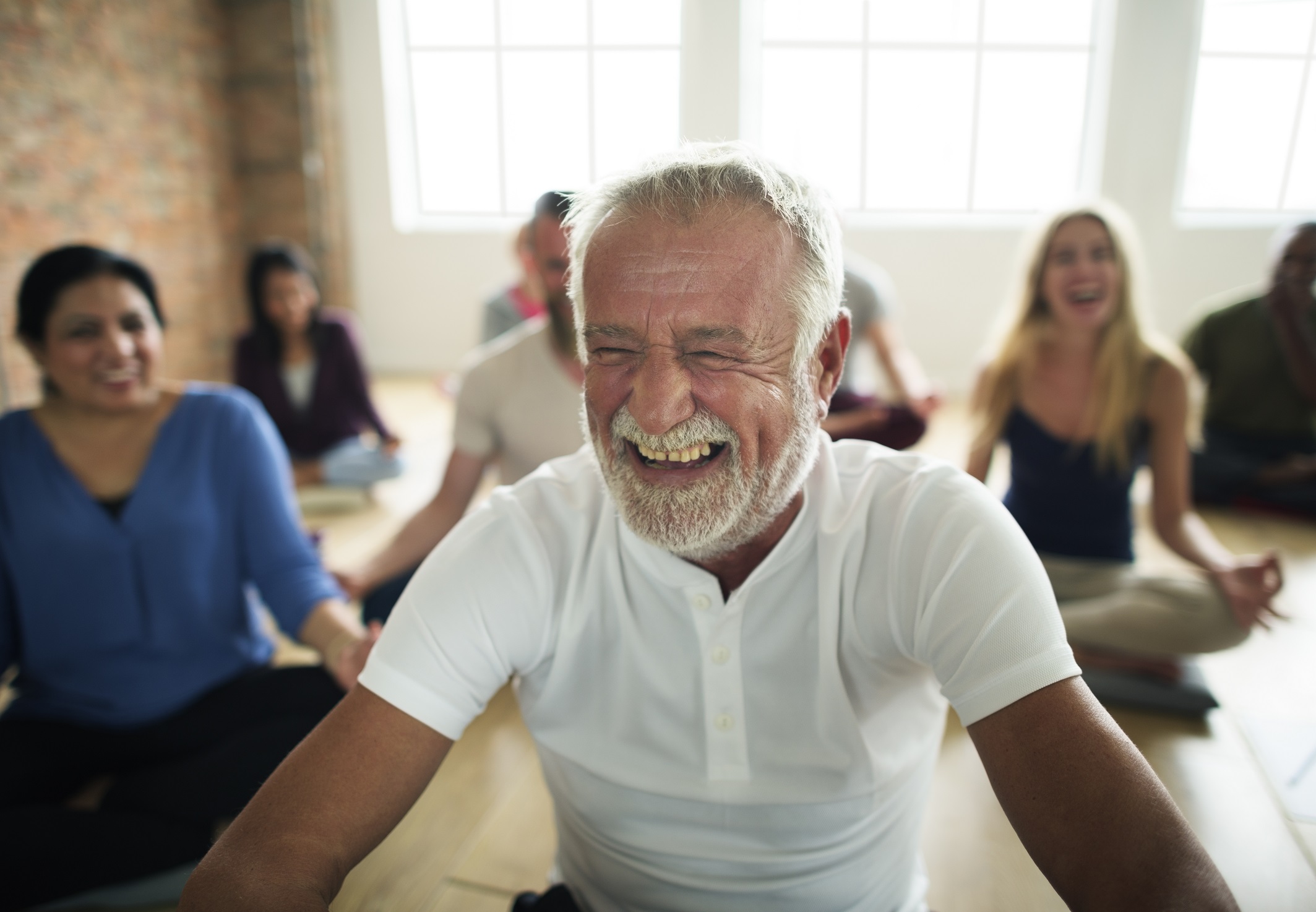
What style of Yoga is suitable for stroke survivors?
Yoga therapy combines the Eastern Yoga tradition with modern therapeutic approaches from the West. Breathing exercises, body positions and meditation are adapted to the individual needs of the client. Yoga therapy is a good way for patients to start practicing Yoga.
Hatha is more or less the original form of Yoga. The three pillars of Hatha are body, breath, and meditation. The disciplines come together to produce better awareness of the body. Hatha Yoga is a good place for stroke patients to start.
Iyengar Yoga focuses on body movements and breathing techniques. The precise execution of the individual poses is essential. Numerous aids such as blocks and straps may be used for support. Each pose can be individually adapted –Iyengar Yoga is suitable for stroke patients.
Yin Yoga is a calm style and is often used as a complement to more active disciplines. The positions are held for a long time to promote flexibility and relax the mind. The style is suitable for patients, people suffering from stress, or elderly people.
Forrest Yoga was founded by Ana T. Forrest. It is the Western Yoga response to modern life problems. The physical focus trains people to deal with and compensate for individual limitations and injuries better. Forrest Yoga is suitable for stroke patients.
Vinyasa Yoga is an active and dynamic style. The various physical exercises are strung together in flowing movements. Due to the high intensity, the style is initially less suitable for stroke patients.
Ashtanga focuses on the sequence of recurring series of exercises. The style is dynamic and physically demanding. Ashtanga is initially not recommended for stroke patients.
Yoga as a therapy after a stroke: Yes or no?
People with chronic illnesses or limitations often feel overwhelmed. Between doctor appointments and therapies, the desire to do something to aid recovery arises.
Yoga is accessible to everyone and promises great health benefits. A medical assessment is always advisable before starting to practice Yoga.
Patients should initially be supervised by experienced instructors. Mindfulness and honesty regarding the own limitations protect against physical overload.
Movement is good for the body, conscious breathing and meditation are good for the mind. When performed safely, Yoga can have a positive effect on patients’ physical and mental well-being.
Author: Michaela Partel
Sources:
Exploring the Therapeutic Benefits of Pranayama (Yogic Breathing): A Systematic Review (2020)
Depression and Anxiety Disorders: Benefits of Exercise, Yoga, and Meditation (2019)
Systematic Review of Yoga and Balance: Effect on Adults With Neuromuscular Impairment (2019)
Yoga Effects on Brain Health: A Systematic Review of the Current Literature (2019)
Mind-Body Interventions, Psychological Stressors, and Quality of Life in Stroke Survivors (2019)
The neuroscience of mindfulness meditation (2015)
Poststroke Balance Improves With Yoga (2012)
Mental Practice in Chronic Stroke (2007)
World Health Organization (2002) WHO Traditional Medicine Strategy 2002–2005. Geneva: World Health Organization
You might also be interested in
4. April 2023
Health
Rehabilitation
Stroke nutrition guidelines for optimal health
Nutrition as the key part in health and well-being of stroke survivors A healthy, balanced …
21. March 2023
Rehabilitation
Kinesio taping in neurology as a useful therapy supplement
The Kinesio tape and its usefulness in neurological therapy What was originally known only from …
7. March 2023
Rehabilitation
Exercises against freezing of gait in Parkinson’s disease
When the legs freeze – how does the symptom “Freezing of Gait” manifest itself? Parkinson’s …



 Contact
Contact 

 Contact
Contact 